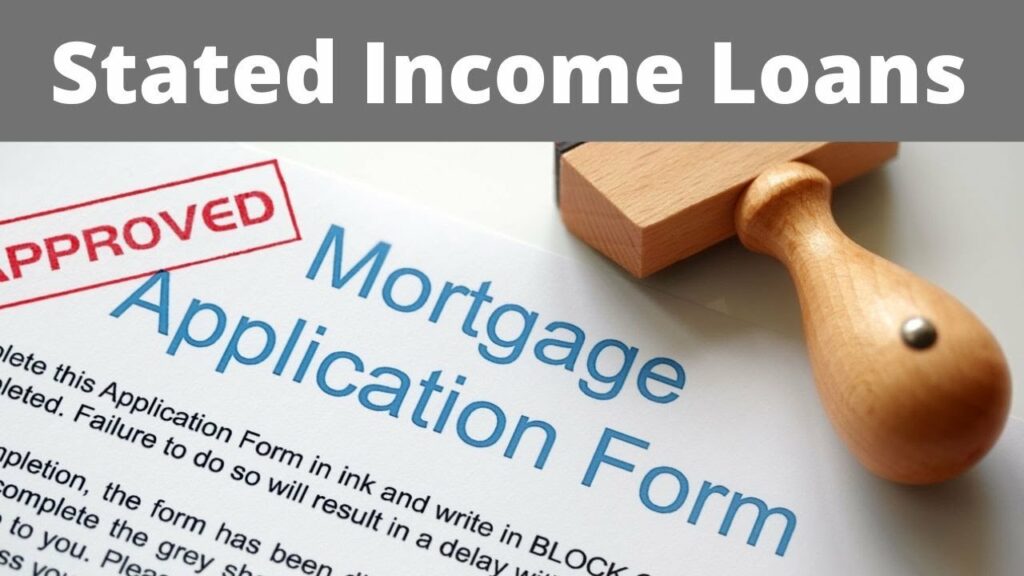Introduction
In recent years, the mortgage landscape has seen] significant changes, with traditional lending practices evolving to accommodate a wider range of borrowers. One such lending option that gained popularity in the past is the “Stated Income Loan.” In this article, we will explore the status of stated income loans in 2023, their availability, and the key factors influencing their current relevance in the housing market.
Understanding Stated Income Loans
Stated Income Loans, also known as “liar loans” or “no-doc loans,” were prevalent before the 2008 financial crisis. They allowed borrowers to state their income without having to provide the extensive documentation typically required in traditional mortgage applications. This alternative mortgage option primarily targeted self-employed individuals and borrowers with non-traditional income streams.
The 2008 financial crisis exposed the inherent risks of stated income loans, as many borrowers misrepresented their income, leading to a surge in defaults and foreclosures. Consequently, these loans virtually disappeared from the market in the years that followed.
2023: A Different Landscape
As of 2023, the mortgage industry has undergone significant regulatory changes and increased scrutiny to avoid a repeat of the 2008 crisis. Stated income loans have not returned in their pre-crisis form. However, some variations of these loans have resurfaced under a more stringent framework.
- Non-Qualified Mortgages (Non-QM)
Stated income loans, in the traditional sense, no longer exist as a mainstream product. However, a similar option called Non-Qualified Mortgages (Non-QM) has emerged. Non-QM loans cater to borrowers who may not meet the strict requirements set by the Qualified Mortgage (QM) rule, which was implemented as part of the Dodd-Frank Wall Street Reform and Consumer Protection Act.
Non-QM loans may allow borrowers to state their income without verification, but the requirements are much stricter than before. Lenders typically assess the borrower’s creditworthiness based on other factors, such as credit history, assets, and a larger down payment. As a result, the risk associated with these loans is more controlled compared to their pre-2008 counterparts.
- Self-Employed Borrowers
Self-employed individuals continue to face challenges in obtaining traditional mortgages due to the nature of their income. While stated income loans were previously a common option for this group, the current lending environment emphasizes thorough income verification.
For self-employed borrowers, the process of obtaining a mortgage involves providing extensive documentation, including tax returns, profit and loss statements, and bank statements. Despite the additional requirements, self-employed borrowers can still secure mortgages through conventional or Non-QM lenders who specialize in catering to their unique financial circumstances.
- Interest-Only Loans
Another variation that has surfaced is the Interest-Only Loan. These loans allow borrowers to pay only the interest for a specified period, usually five to ten years, before transitioning to traditional mortgage payments. While not directly related to stated income loans, some Non-QM lenders may offer interest-only options to certain borrowers, including those with non-traditional income sources.
Conclusion
In conclusion, the stated income loans that were widely available before the 2008 financial crisis are no longer a mainstream product in 2023. In response to the lessons learned from the crisis, the mortgage industry has implemented stricter regulations and higher standards for lending.
However, some alternatives, such as Non-QM loans, have emerged to address the needs of self-employed and non-traditional borrowers. These loans come with more rigorous underwriting processes and better risk management, reducing the likelihood of a widespread financial crisis. As the housing market and lending practices continue to evolve, borrowers should explore various mortgage options and work with reputable lenders to find the best solution that aligns with their financial situation and goals.
You may also like
-
How Does Plywood HSN Code Decide the GST Rate for Traders and Manufacturers?
-
POS Terminal Type: Which Is Best for Your Business?
-
How to Choose Fixed and Portable Gas Monitors for Industrial Gas Detection?
-
Simplifying Trademark Registration in Hong Kong: What Businesses Need to Know
-
EPR Registration and Annual Returns Explained: Compliance Made Simple for Businesses

